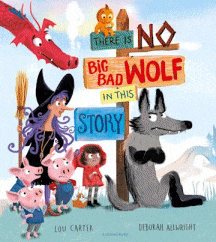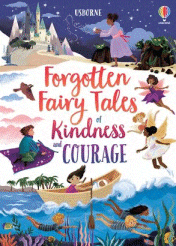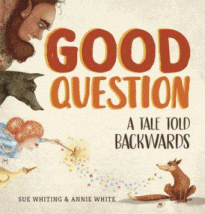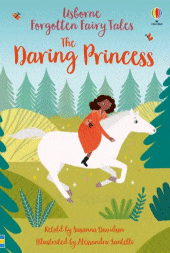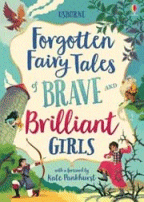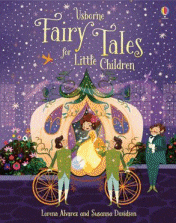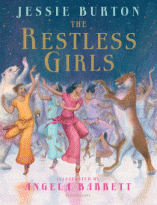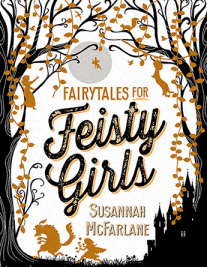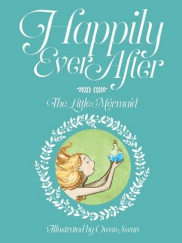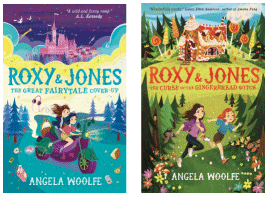
Roxy & Jones (series)
Roxy & Jones (series)
9781406391374
The Curse of the Gingerbread Witch
9781406391381
Angela Woolfe
Walker Books, 2020-2022
240+pp., pbk., RRP $A14.99
Once Upon a Modern Time, in the city of Rexopolis, in the Kingdom of Illustria, lived twelve-year-old Roxy Humperdinck, struggling to exist on the meagre wages of a toilet cleaner for the Ministry of Soup, and sharing a room with her half-sister Gretel, who is actually she of Hansel and Grete fame. although Roxy is unaware of that. When she accidentally discovers a secret vault in which a girl called Jones was hiding, dressed in a daffodil outfit, and who has a habit of leaving mysteriously leaving only a shoe behind, the pair become friends and through a mysterious book, discover the secrets of an enchantment put on people who know that Illustria once had a frightening past and was known as the cursed Kingdom of Diabolica so that the real events have been wiped from memories.
Roxy discovers the truth about her brother and sister raising suspicions that all might not be as it seems and when her new friend reveals that her real name was actually Cinderella Jones, the mystery deepens. As they embark on a quest for the Seventh Stone, Roxy is about to discover the truth about her world and her family: that witches are real, magic is real and fairy tales are not only real … despite what the ruling Ministry of Soup wants them to believe.
In the second in the series, Roxy is still reeling from the Great Fairy Tale Cover-up when Cinderella Jones returns with a new mission: to investigate The Missing – the children who followed the Pied Piper into the mountain thirty years ago, never to be seen again. And so begins another crazy adventure that takes the girls up Jack’s beanstalk, through Red Riding Hood’s Woods … and to the cottage of the most evil villain of all time, the Gingerbread Witch.
This is a series that straddles the known of the fairytale world with the blurry borders of fantasy for those who want to delve into that magical world but still need to have a foot in the world of reality and what they know. While there are any number of fractured fairytales in picture book format, this is one for those who are independent readers and who have the skills to follow a reasonable complex plot made easier if they know their traditional fairy tales because the references will make more sense.
Best read in order for continuity, this is a series that sets itself up for more episodes that will be one of those that readers return to regardless of their age just because they have engaged with both characters and plot and want to know what happens.
